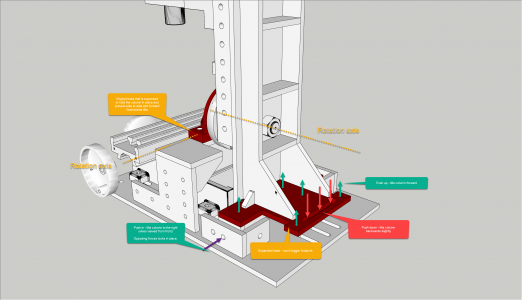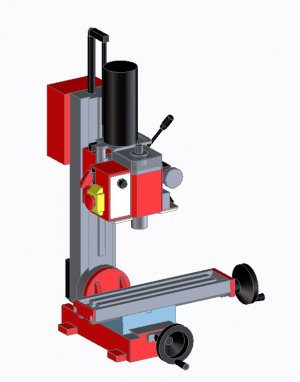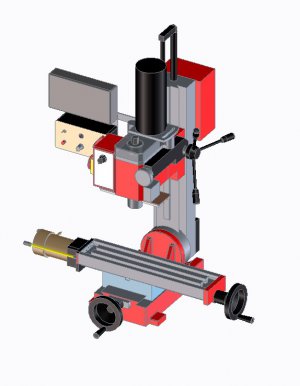- Joined
- Dec 30, 2018
- Messages
- 73
So far I am extremely happy with my mini mill, but the following are a bit of a problem:
Requirements:
So this is the first prototype:
Designed to use 10mm steel.
Fully adjustable using 10mm bolts to tilt side to side and forward backwards.
The bridge lifts the column by 80 mm.
Slots for the base to shift forwards and backwards.
The bottom end of the column brace has all round clearance of about 15 to 20 mm. Using 10mm bolts it can be pushed/pulled in any direction. Additional bolt holes allow for the setup to be securely locked in place.
The base of the column is substantially increased : compared to the ridiculously small area under the three bolts that attach the column to the original base.
There are gaps between the vertical column supports and the mill's column. Initially I will use bolts here to hold the column in place / provide accessory mounting points.
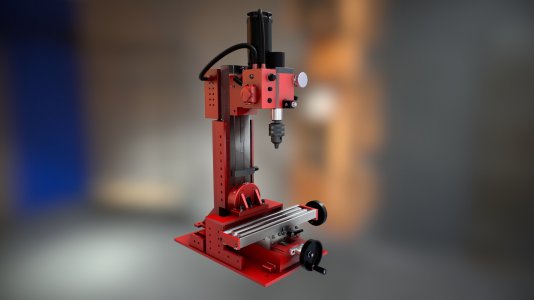
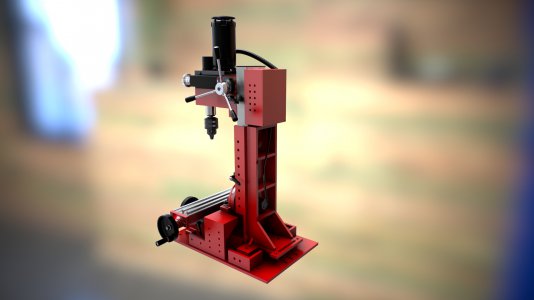
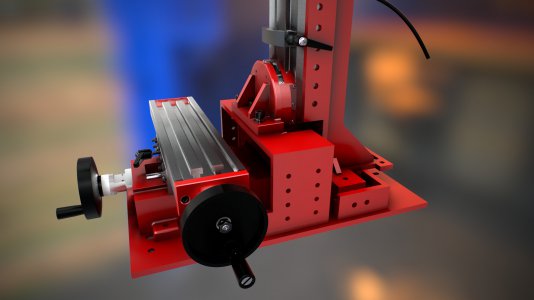
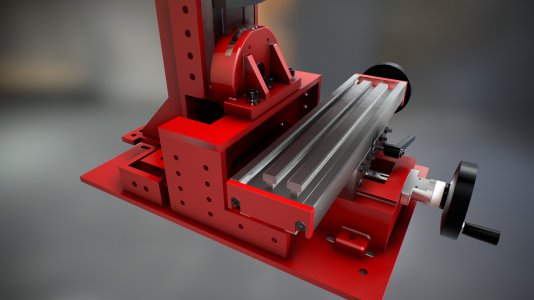
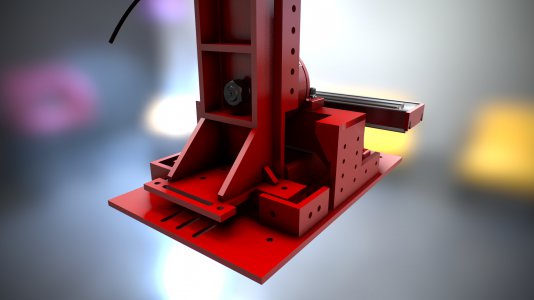
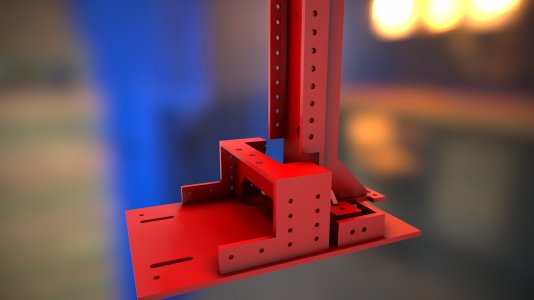
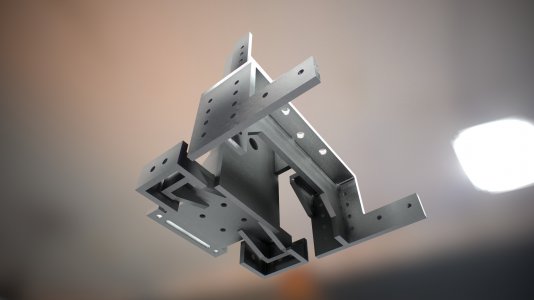
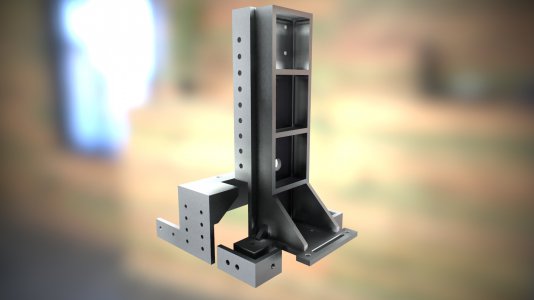
- Column Rigidity
- Vertical Travel (Especially since I have a large rotary table and grinding vise on it.)
Requirements:
- Increase rigidity
- Extend z travel by 80mm
- Z axis must be tweakable: side to side / forward back
- Must be undo-able in case it does not work.
So this is the first prototype:
Designed to use 10mm steel.
Fully adjustable using 10mm bolts to tilt side to side and forward backwards.
The bridge lifts the column by 80 mm.
Slots for the base to shift forwards and backwards.
The bottom end of the column brace has all round clearance of about 15 to 20 mm. Using 10mm bolts it can be pushed/pulled in any direction. Additional bolt holes allow for the setup to be securely locked in place.
The base of the column is substantially increased : compared to the ridiculously small area under the three bolts that attach the column to the original base.
There are gaps between the vertical column supports and the mill's column. Initially I will use bolts here to hold the column in place / provide accessory mounting points.










